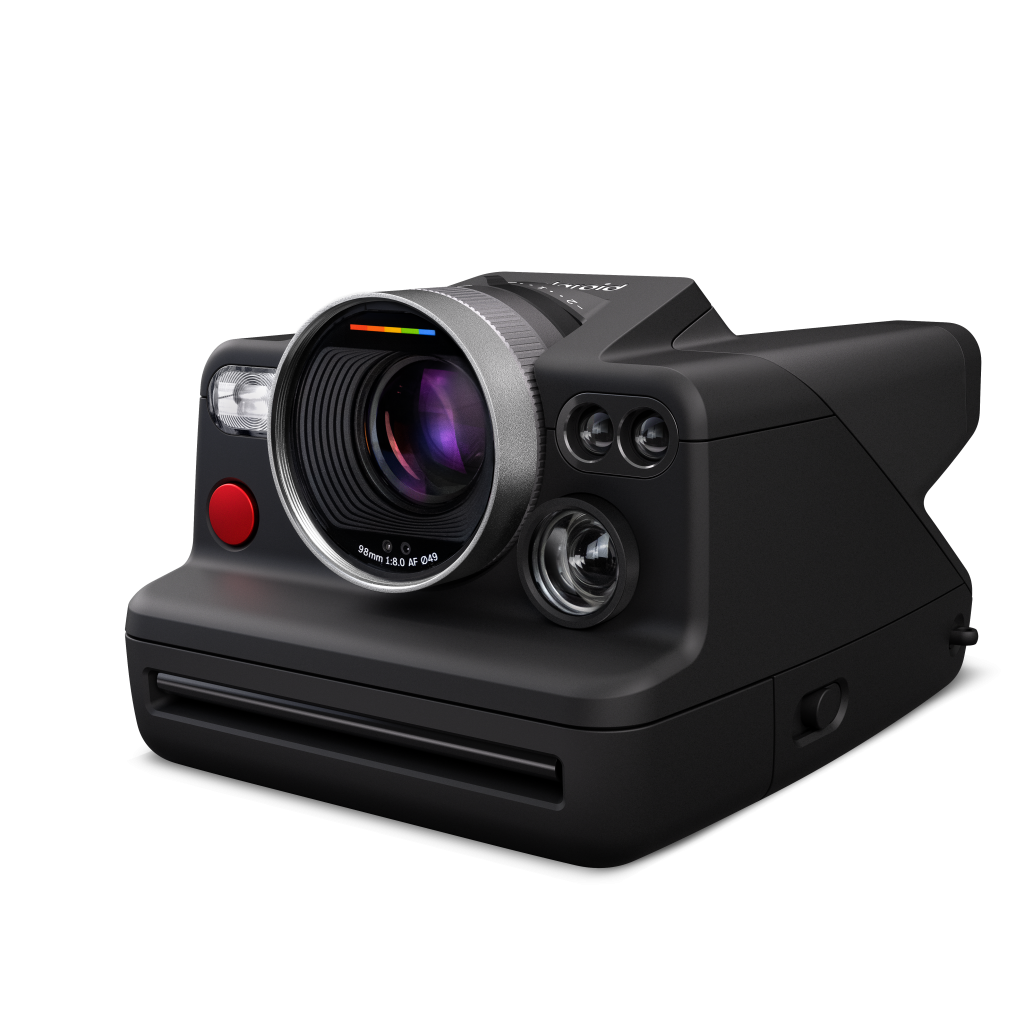Branislav Kropilak Contemporary Photography

Branislav Kropilak's portrayals of modern technology and industry are far too alluring to be considered dystopian. And yet, if one were to seek a literary correlate to his photography, one might readily find the work of J.G. Ballard a suitable mirror. Achingly beautiful and hauntingly perfect in their composition, Kropilak's digital depictions of airplane landings, lobbies, parking garages, billboards, and factories question the psychological impact of progress on the human condition. Recently, we had the opportunity to ask Branislav some questions via email. Click through the slideshow for a selection of his recent projects and read below for some insight into his work and process.
How did you first get involved in photography?
As a kid, I used to mess around with my parents 35mm.
What lead you to choose digital over film?
The flexibility of the format and my love for colors.
Your website C.V. alludes to something others have noted, namely how your experience working in advertising has influenced your photography. What was your experience like working in advertising, and how has it shaped your work?
Definitely, the best thing I gained from working for the creative industry was the insight and practice in various fields at the same time. While they'll teach you all sorts of theories at school, you'll never get the chance to handle a 50 people film crew on your own, having to shoot two spots in a single day with 10 football mega stars in the main cast if you know what I mean.
Your photography projects focus on industrial, urban, and corporate landscapes largely devoid of the human presence. Are you, in any way, trying to document the alienation inherent in these topographies? Or, are you simply more interested in their formalistic qualities?
It is true that I often prefer to focus on the subjects in their purest forms, but it really depends on the series and its concept. In 'Garages' for instance, the lack of human presence is clearly intended, the series illustrates the utopian image how these places would look if society wasn't bound by the consumption mechanism.
The colors in your images are vivid, brilliant, often saturated. The compositions, flawless in their geometries. How do you achieve these effects?
Well just as it is crucial to get perfect material out of the camera, post-processing is just as important. I couldn't generalize how I achieve that specific look of my work, but I basically start by removing all kinds of distortions like lens, perspective, etc., clean the images of dust or anything that interferes in the composition and at then I just gently play with colors to match my initial view of the subject.
Have you ever encountered difficulties with private companies while documenting their industrial facilities? Ever been detained by local authorities for trespassing?
Actually, I have regular encounters with security guards, police officers, etc. The thing is that I often go where I shouldn't, usually very late at night and I might have jumped a fence or two in my life to get a good shot. But honestly, I can't say I dislike having some thrills while working, it gives you an indescribable feeling of satisfaction once you've got the imagery in the box.
What subjects are you looking to document next?
To tell you the truth, I have so many ideas in my sketchbook that I'd love work on. Unfortunately, many of them are infeasible at the moment as they are 1) 0ut of my geographical reach; 2) would require lots of assistants and/or special technical equipment; 3) are too dangerous or impossible to shoot.












